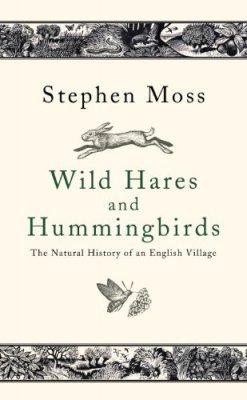 The sparrows have found our feeders! Granted it took minus temperatures for them to venture into our exposed garden but it’s a start. The hills behind our house were thick with snow this weekend. The trees wore strips of snow up one side of their trunks where the prevailing wind had blown it. Little Owl ignored warnings not to get too close to the edges of a frozen boggy pool. One leg went in up to her knee before Big Dreamer could catch her. She howled but I don’t think she’ll make the same mistake again.
The sparrows have found our feeders! Granted it took minus temperatures for them to venture into our exposed garden but it’s a start. The hills behind our house were thick with snow this weekend. The trees wore strips of snow up one side of their trunks where the prevailing wind had blown it. Little Owl ignored warnings not to get too close to the edges of a frozen boggy pool. One leg went in up to her knee before Big Dreamer could catch her. She howled but I don’t think she’ll make the same mistake again.
In amongst the skeletal branches of a blackthorn bush a great tit sang out. I couldn’t see him but could hear him very well. Stephen Moss describes the plight of small birds in winter with feeling in his book Wild Hares and Hummingbirds. I am reading it as part of my new year’s resolution to get back to seasonality and simplicity. Wild Hares and Hummingbirds is subtitled The Natural History of an English Village and takes its inspiration from Gilbert White’s seminal text The Natural History of Selbourne. Much to my shame I have a beautiful illustrated version of White’s book but have only ever managed to get about a quarter of the way into it. I need to give it another go. Wild Hares and Hummingbirds is much more readable and in it Moss looks in depth at the wildlife of his home parish of Mark, in Somerset, a chapter for each month of the year.
It probably isn’t often that a Somerset winter has much in common with a Scottish one, but Moss takes a year that sees the UK in the grip of the worst winter for 30 years, so as I delved into the first chapter, the snow-covered Somerset levels were matched by a thick blanket of snow outside. It’s funny how seeing the frozen landscape of Moss’ home parish through his eyes gave me new eyes to see my own surroundings. I loved the way he talked about the snow acting like a natural uplighter, bringing a brilliant clarity to the features of familiar species. He talks about the Norman church in Mark, and the yews there being home to the tiny goldcrest, who survives winter on the thousands of minute insects that live on them. Moss says that yews have long been associated with sacred ground because of their longevity (they are some of the most ancient living things in the UK) and the poisonous quality of their leaves and berries, which discouraged grazing on church grounds. On the school run, we pass a ruined church that dates back to the 1220s. This morning the yews stood out in all their dense green darkness as if I had never seen them before. I wondered if there might be a gold crest somewhere nearby.
As we headed up the hill to school Little Owl suddenly pointed upwards. “The birds are making a ‘s’ Mummy,” she called. Against the clear blue sky there was a skein of birds, so high up it was impossible to tell what they were, but for all the world like a beautiful hand-written ‘s’ that flowed and coiled with their movement. I love that she’s noticing nature in action around her. I’m enjoying keeping my new year’s resolution but it’s all the better for sharing.







ah clever little owl, love her. xxx
Clever Little Owl, love her. xxx